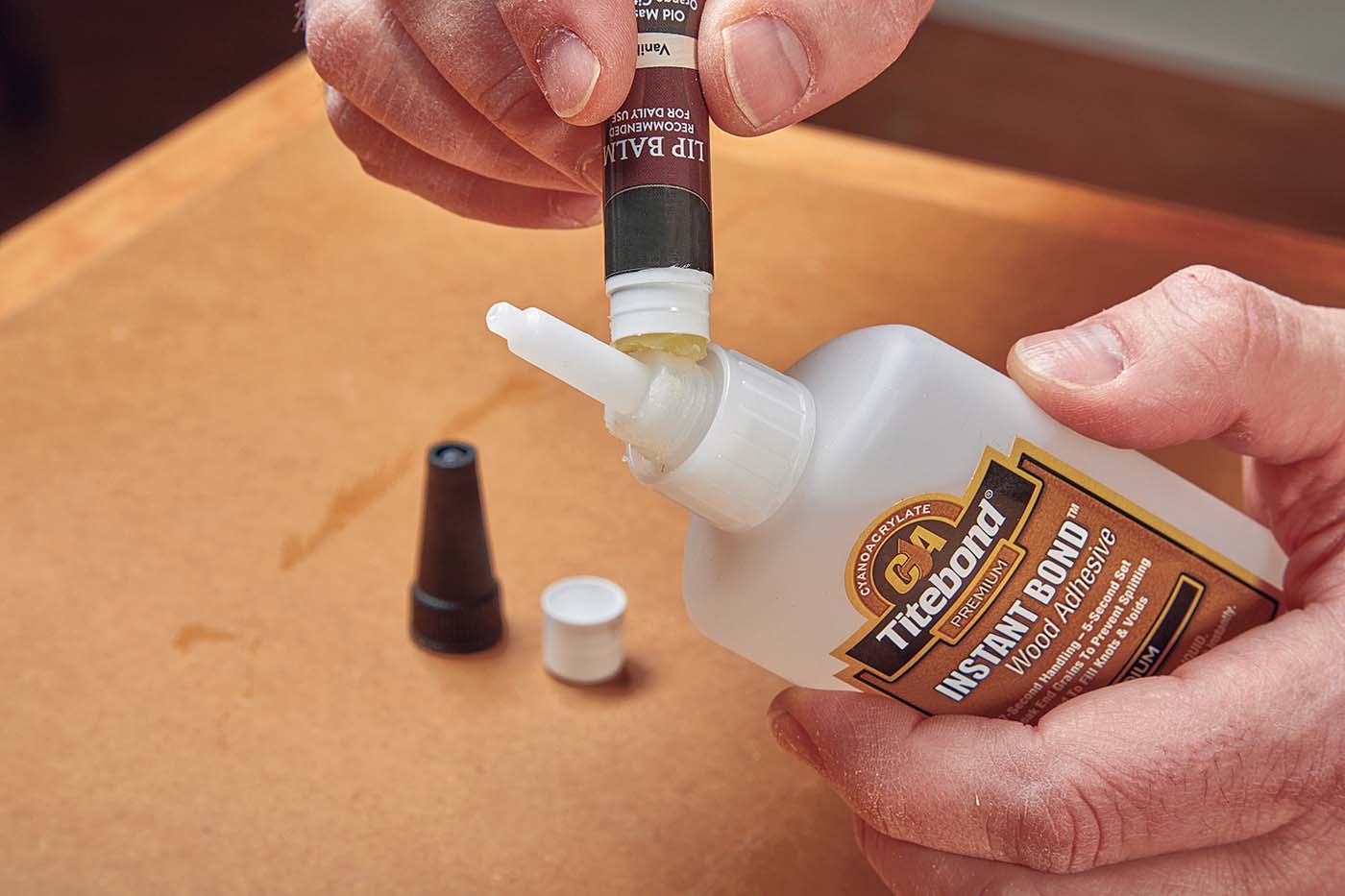 I find staved construction fascinating. Flat boards can become round bowls, barrels, buckets, and so much more. As part of or 50 Bowls in 50 Weeks challenge here at Woodsmith I wanted to make another bowl, but I also wanted to take a vacation from carved bowls. So, a staved container seemed like a fun challenge and I have been wanting to make a unique planter for a special project - a setting of 3 bonsai Juniper trees on a rocky outcropping.
I find staved construction fascinating. Flat boards can become round bowls, barrels, buckets, and so much more. As part of or 50 Bowls in 50 Weeks challenge here at Woodsmith I wanted to make another bowl, but I also wanted to take a vacation from carved bowls. So, a staved container seemed like a fun challenge and I have been wanting to make a unique planter for a special project - a setting of 3 bonsai Juniper trees on a rocky outcropping.
I chose cypress for the planter. Cypress is an easy to work wood that also resists rot. Another benefit of using cypress is that the grain pattern tends to be uniform resulting in a clean look that I wanted for the planter.
I started construction by cutting (15) short staves and (3) longer ones which became the legs. At this point all the staves are rectangular. Each stave has an angled dado cut into it to receive the bottom. Tapered and angled rip cuts off each side of the staves wrap up what constitutes the sides and legs of the project. The bottom of the planter is glued up out of ½” solid stock that is rabbeted to reduce the thickness at the rim to 1/4". A few drain holes were also added.
Lots of parts need to come together to assemble a staved container and it would sure be easier if we each had ten hands. The easiest approach to assembly is to have a form to lean the staves up against in an upside-down position. A temporary hoop fashioned from rope can be slipped over the staves to hold everything tightly together so that you can check for a tight fit. After adjusting the fit of any errant staves the bottom can be test fitted in place.
Gluing up a unique project can sometimes be a challenge. I used type 3 wood glue because of its resistance to moisture but extended the set time of the glue by wiping the edges of the staves with a damp rag. Bringing the stave tightly together as the glue dried was handled by a band clamp.
The sides of the planter could be left facetted, but I decided to round the outside of the planter. Using a large compass the outside diameter was scribed on the top of the staves and on the bottom between the legs. Using these lines as a block plane made quick work of the facets. A band sawn block cut to the radius of the planter made for a custom sanding block to finish up the rounding of the outside of the staves.
The hoop offered a fun bit of metalwork. Starting with a piece of 1/8” x ½” copper I knocked down the outside edges of the copper bar with a flat faces hammer and then added the dimpled texture with a ball peen hammer. The hoop was joined using a scarf joint and two brass rivets.
 The planter was finished with a couple of coats of oil followed by 7 coats of oil based enamel to seal the interior. After a week of allowing the finish to cure its time to plant.
The planter was finished with a couple of coats of oil followed by 7 coats of oil based enamel to seal the interior. After a week of allowing the finish to cure its time to plant.

Special Offer










